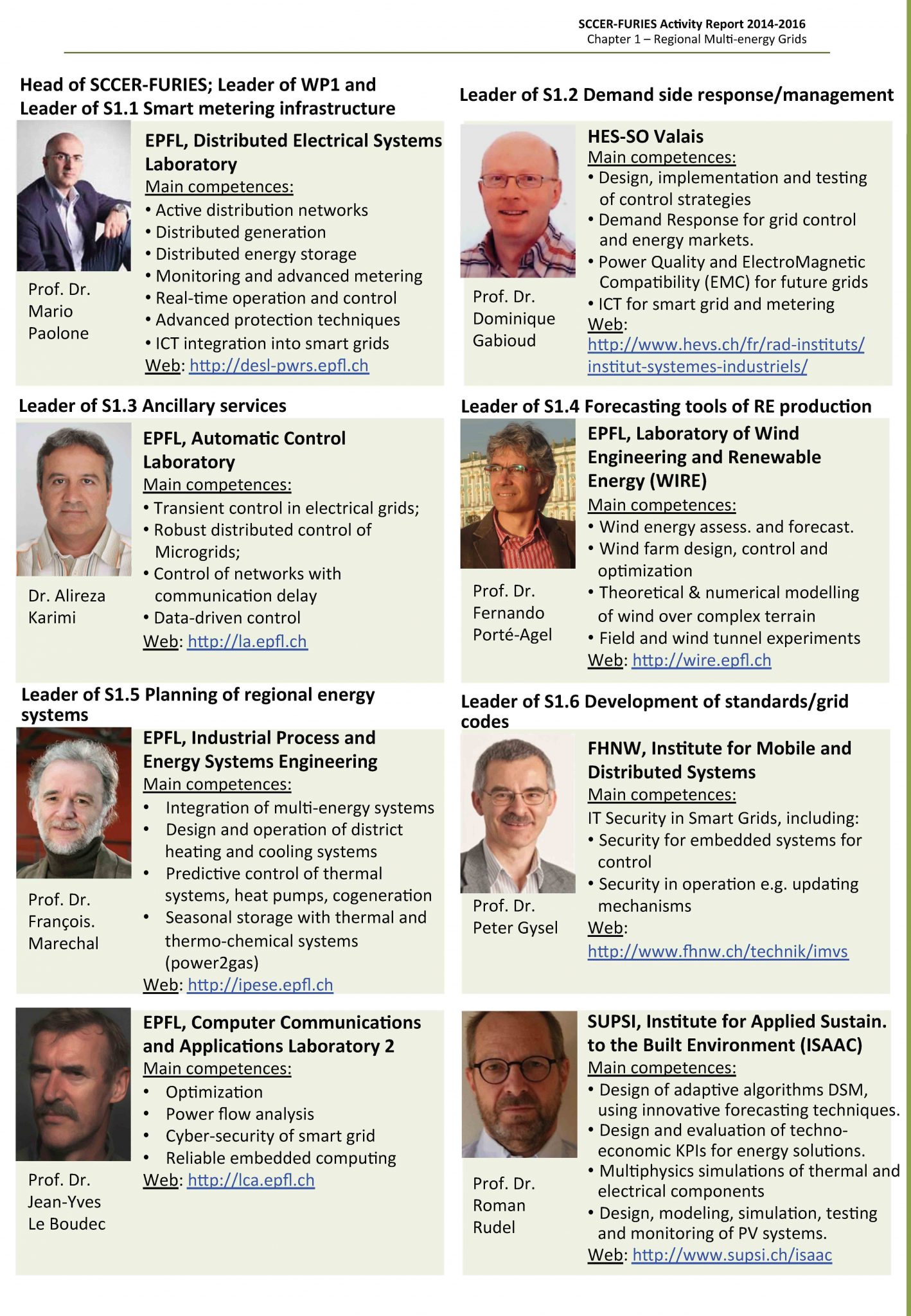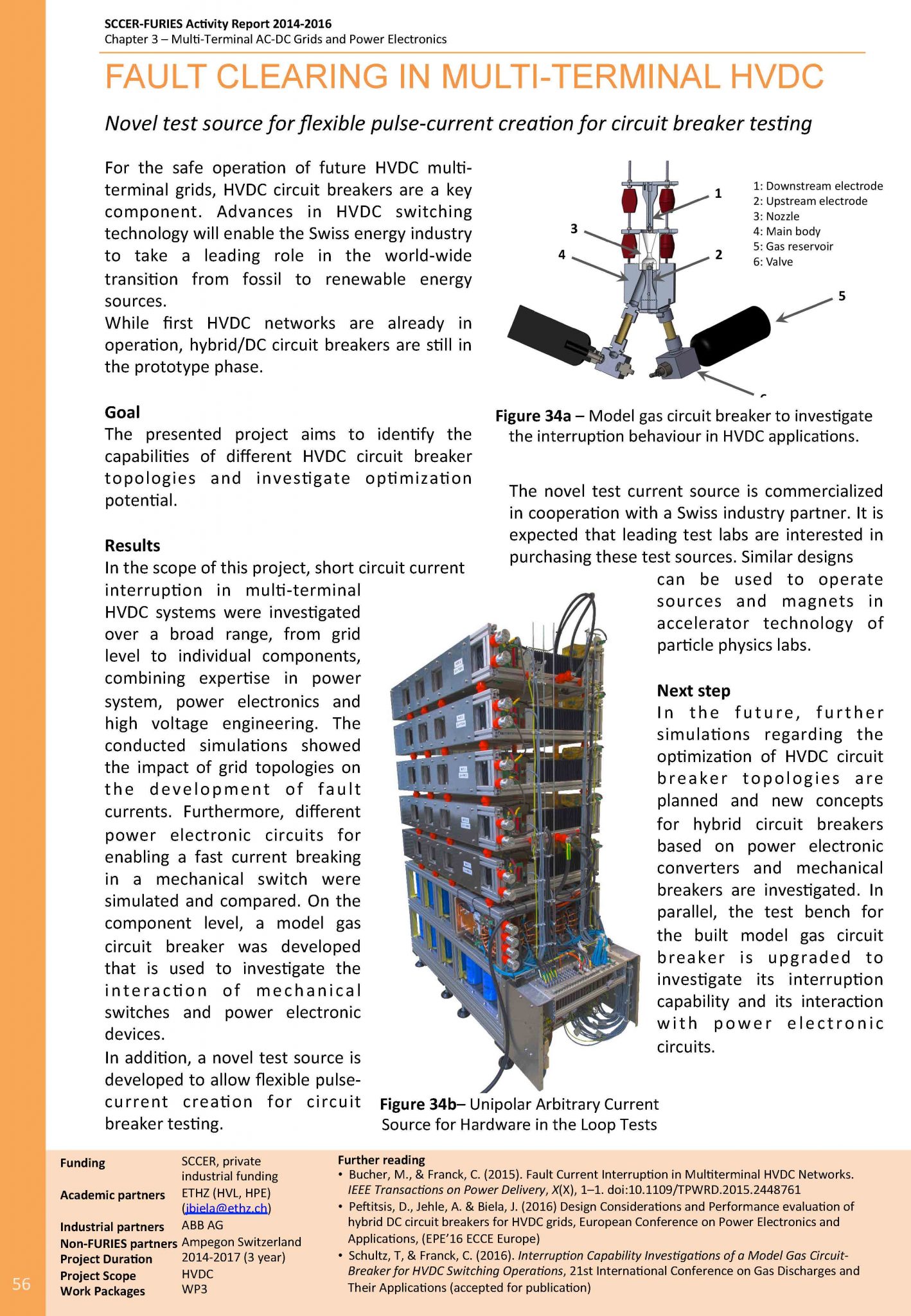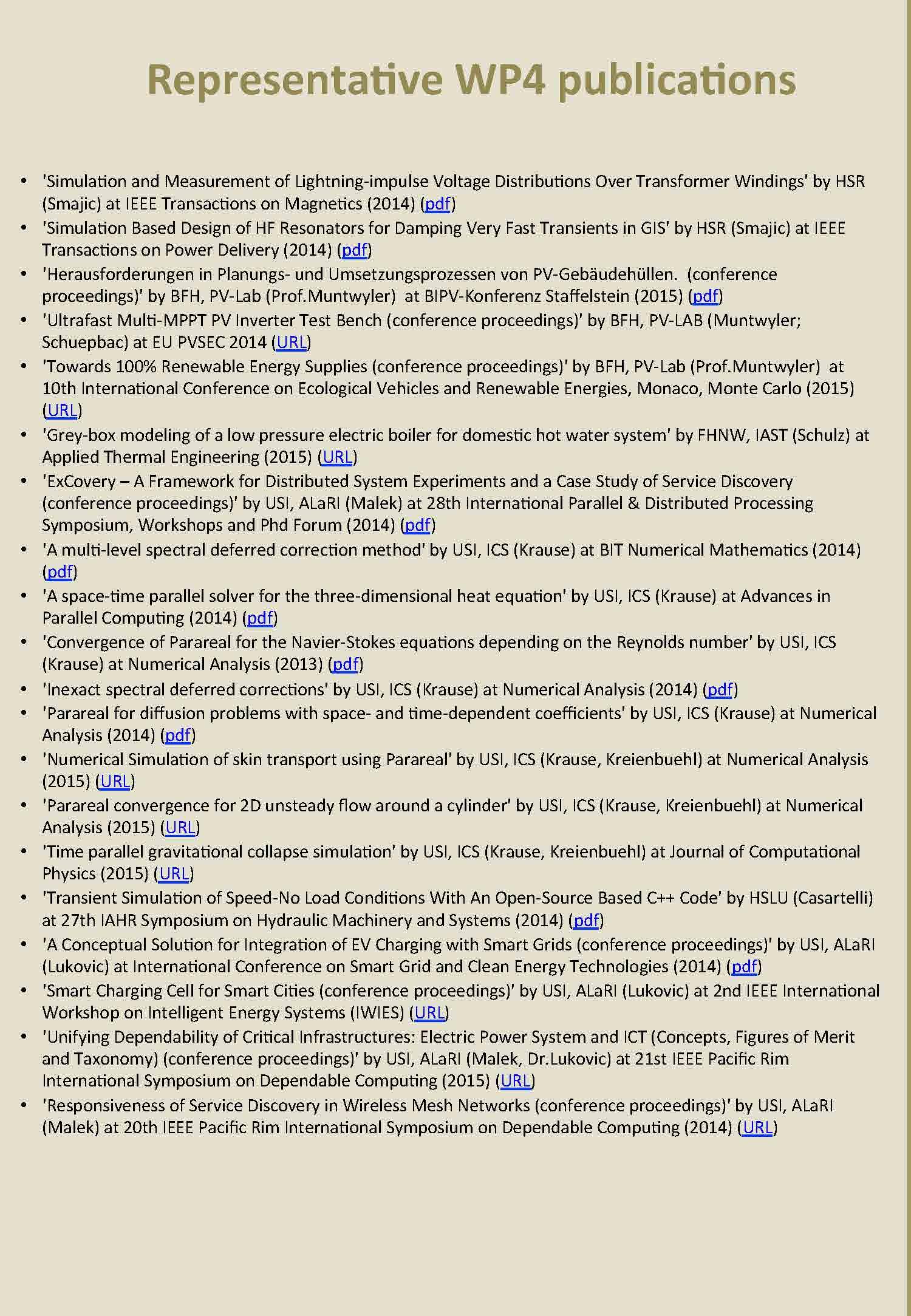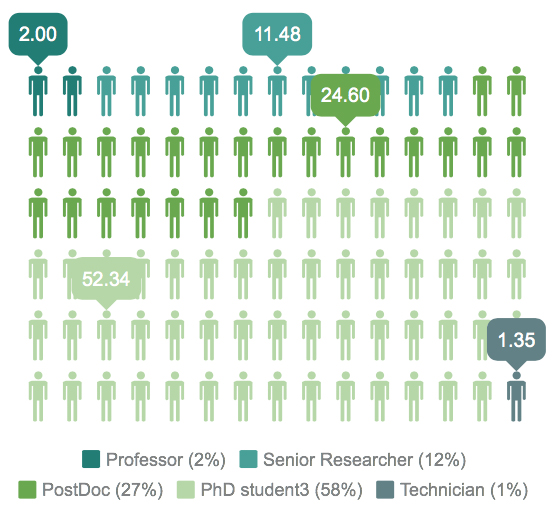During Phase I, SCCER-FURIES partners have produced numerous innovative solutions documented in 60 reports. The key of these achievements per Work Package are the following.
Regional multi-energy grids (WP1):
- Architectures for the real-time situation awareness of Active Distribution Networks using advanced synchrophasor measurement technologies.
- Centralised and decentralized optimal control methodologies applied to Active Distribution Networks.
- Processes of demand-side management, including load shifting solutions and voltage control.
- Tools for renewable forecasting for the evaluation of the Swiss Energy Strategy 2050 scenario and decision making for the planning of regional energy systems.
Bulk multi-energy grids (WP2):
- Stochastic models of the future Swiss energy system considering the increasing share of renewable energy sources and evaluated on a large scale.
- Economic models from the SCCER-CREST coupled with the above-mentioned technical models for the unified evaluation of future Swiss energy system aspects.
- Models for the planning of hydro storage facilities.
- Models for the vulnerability and security assessment of transmission lines; and corrective actions to mitigate failure propagation.
- Tools for the evaluation of the impact of power and gas networks coupling on the propagation of cascading failures.
Multi-terminal AC-DC grids (WP3):
- Key contributions to the increased DG hosting capacity of distribution by detecting and managing faults: an EMTR fault-location device and a soft open-point.
- Key contributions to connecting Switzerland to the continental energy system by providing means for testing and planning (High Performance DC-Test source and AC/DC integration tools) and Supergrid technologies (Hybrid DCCB).
- Key contributions to increasing the efficiency of the power system by providing power electronic converter technologies (GaN converter prototype, optimised MVMF SST and GIMC converters).
Grid components (WP4):
- Simulation and analysis of very fast transients (VFT) in substations.
- Development and optimization of high-frequency sensors for partial discharge detection in gas insulated substations (GIS).
- Development of a reliability test procedure for understanding physical failure processes in SiC power electronics modules.
- Test bench and procedure for multi-tracker inverter and battery inverters in PV systems.
- Guidelines for the design of stable pump-turbines and for the sizing of PV systems.
- Test procedure for arc-detection in PV arrays.
- Development of software libraries for parallel-in- time methods applied to fluid mechanics and parallel optimization methods.
SCCER-FURIES 2014-2016 Activity report
The Phase I achievement of FURIES are summarised in the SCCER-FURIES 2014-2016 Activity report. This includes:
| a) Capacities: a directory of power-grid related capacities in Switzerland | b) Activities: major projects related to power-grid | c) Results: associated publications |
e.g.  |
e.g.  |
e.g.  |
Capacity Building
For the implementation of the Swiss Energy Strategy 2050, the activities developed in the frame of SCCERs should be maintained and further enhanced after the end of the SCCER programme (which has been set currently for 2020). Therefore, the capacity building of experts is one of the core activities of the SCCERs.
During Phase I, 250 experts have developed their capacities working for 32 labs (academic partners) and 50 companies (industrial partners) from all around Switzerland. This was 30% above the capacity foreseen at the beginning of the programme in 2014.
The academic position (in Full time equivalents) are presented on the graph below.
